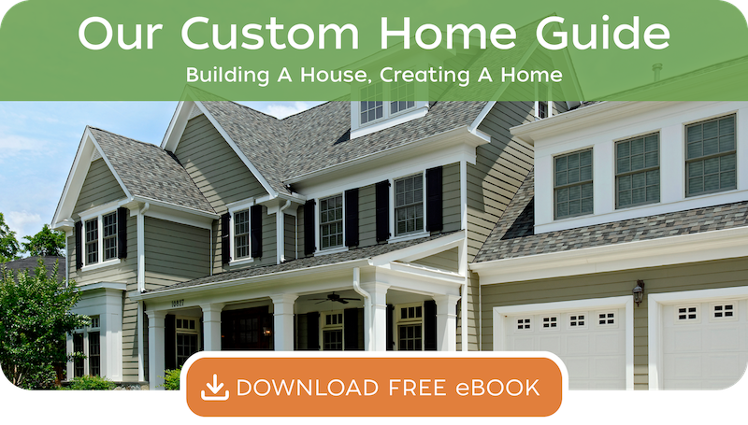Making The Entire Process Easier To Understand
Living in a custom home that has all of the amenities that you’re dreaming of is an exciting idea. However, designing and building a custom home can seem like a daunting prospect. In this article, we detail what to expect from the earliest phases of planning through completion of construction of your custom home, and take you step-by-step through the entire process.
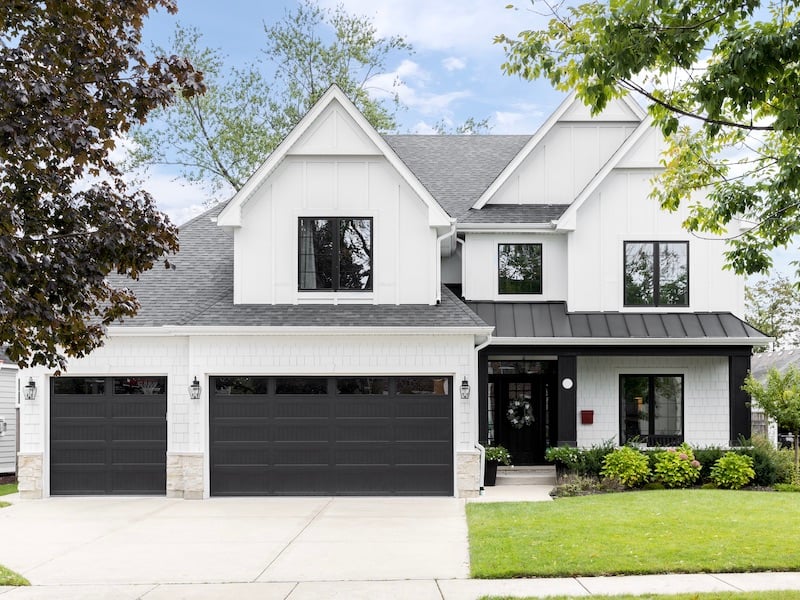
Planning And Research Phase
1. Establish The Goals You Have For Your Project
The first step in planning for your custom home is to clearly define your objectives in terms of functionality and aesthetics. For example:
- What size home do you envision for yourself? Do you need to accommodate a growing family or are you looking to downsize now that your kids are grown?
- What is your style? Do you prefer traditional colonial architecture, Arts & Crafts style, or an ultra-modern design? Remember, your new custom home should fit within the context of the neighborhood and not stick out like a sore thumb.
- How do you want your new home to function for your family? Do you entertain often and need an oversized dining room? Do you have young children and need to have line-of-sight from the kitchen to the family room?
2. Pinpoint The Area Where You Want To Live
Consider the most important criteria for finding the ideal location for your new home. Here are some important questions to think about:
- Is urban living for you, or do you prefer a quiet cul-de-sac in a suburban setting?
- Do you want to be in a certain school district?
- How will you commute to work? Do you need to be near a Metro stop or is easy access to the Beltway important?
- Do you want to be able to walk to a grocery store, or is driving to the nearest shopping center just fine with you?
Research the areas that you think would be a good fit for you, based on your list of criteria. Drive around those neighborhoods to get a feel for whether or not you would be comfortable living there.
3. Determine Your Overall Budget
You need to figure out your budget. Consider not only construction costs, but also other fees for permitting, architecture, financing, landscaping, and decorating. Don’t forget to include the cost of the lot you will purchase: as a general rule, your lot price should be about 30 - 45% of the total cost of your new custom home. Since lot prices vary greatly from neighborhood to neighborhood, carefully consider how location will impact your budget and the overall cost of your new home.
Next, make a wish-list and prioritize the items on it so that you can figure out what is most important to you when designing your new home. If there is something extra-special, such as very high-end kitchen cabinetry or a flooring product that you are dreaming about for your home, make sure you budget for it from the beginning. It’s essential to fully understand your budgetary parameters, add 15-20% for comfort, get your financing in place, and then stick to your plan.
What Is The Best Way To Finance A Custom Home?
4. Consider How The Size And Style Of Your Custom Home Will Impact Overall Costs
Custom homes can range in size from 2,500 to 25,000 square feet or more. Be aware that the size of a custom home impacts everything from the cost of materials and labor, to the lot requirements, to the time that will be needed to complete the project.
The style of your new home also impacts the total cost. In general, materials used to construct an ultra-contemporary home can be much more expensive than those used to build a traditional home. For example, you may have your heart set on having an entire wall of glass with custom swiveling doors to the outdoors instead of a standard entryway in your new modern home. That decision could take a big chunk of your budget and force you to reduce costs in other areas.
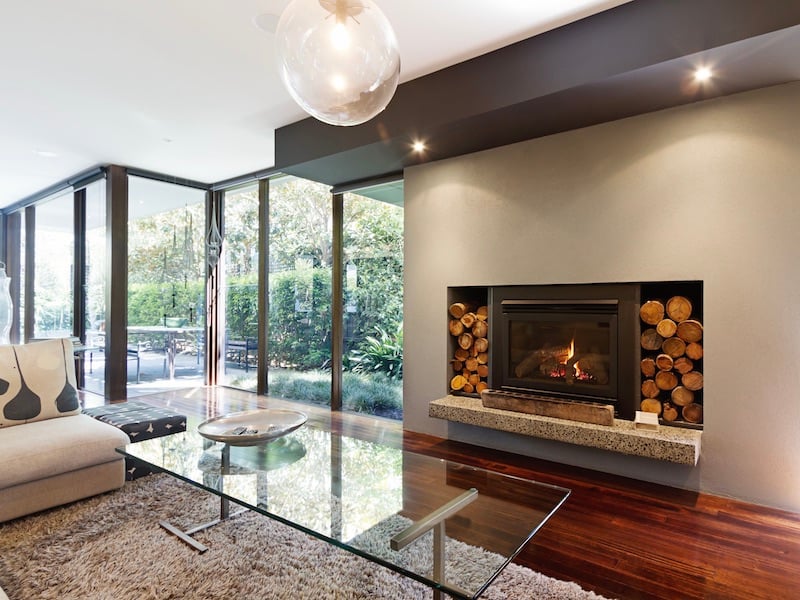
5. Analyze When You Will Need to Sell Your Current Home (If Applicable)
Think through where you will live while your new custom home is under construction. This step is dependent upon your financial situation. Will you need to sell your current home before you begin construction on your new one and live in temporary housing? Or, can you wait to sell your current home until your new home is almost completed?
6. Choosing Your Homebuilding Team
An essential part of planning for your custom home project is choosing the right homebuilding team for you. Your homebuilder should be able to fill the role of trusted advisor, reputable expert, and friendly design/build partner. When your custom home is completed on time, on budget, and just the way you expected it to be, you will be thankful you took the time to do plenty of research upfront in selecting your homebuilder. For more tips and detailed information, read our article "8 Steps To Finding The Right Homebuilder For You."
7. Identify And Purchase A Lot For Your Custom Home
When building a custom home, you will need to identify and purchase a lot. If you want to live close-in to Washington DC, areas such as Bethesda, Chevy Chase, Potomac, Cabin John, McLean, Arlington, Great Falls, or Northwest DC are attractive for a variety of reasons. Established neighborhoods like these can offer a sense of a tight-knit community. Your commute to work will be shorter and the public schools are second-to-none in the greater Washington DC area. But finding an empty lot can be almost impossible.
Constructing a new home on a lot where an older home currently stands is called “residential infill building.” Infill building allows you to have a brand-new home with all of the amenities you are dreaming of in the location you desire. If this is something that you are contemplating, hire a homebuilder who specializes in this type of construction and ask them to help you identify, evaluate, and purchase the right property. Lot prices in areas that are close to or in Washington DC can range anywhere from $600,000 to millions of dollars. Involving a professional early in the process is essential in making sure that the lot you are considering will not only suit your budget and your needs, but also will allow you to build the size and type of home you want within the guidelines and regulations imposed by each local jurisdiction. Be sure to find out if there are any homeowners’ association regulations and review them with your homebuilder, too.
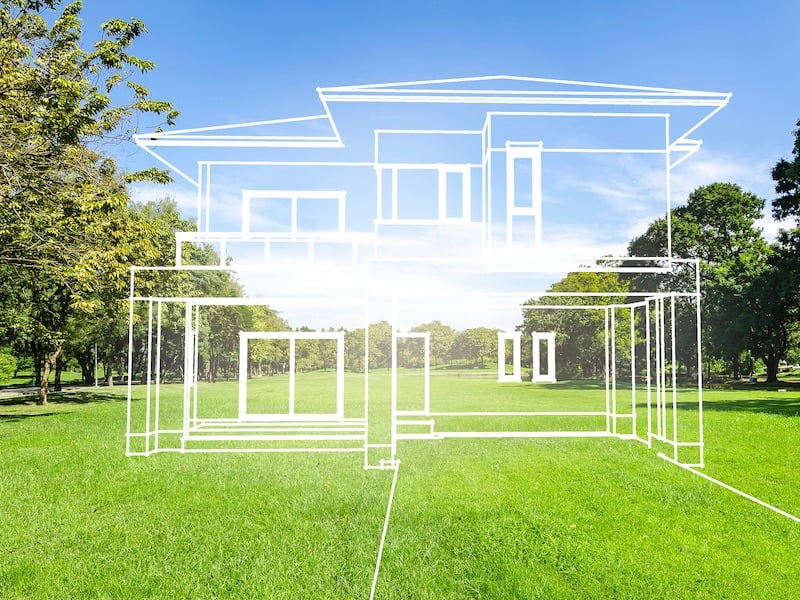
Design Phase
Once you’ve researched, interviewed, and selected a homebuilding team and found a lot for your new home, it’s time to enter the Design Phase of your project. The Design Phase is all about nailing down the details so that there are no big surprises later on.
1. Enter Into A Design And Specifications Agreement
Your homebuilder should provide an agreement that documents and formalizes the scope of your project and the budget. When you have reviewed and approved the agreement, you will provide a deposit in order to move forward with the Design Phase. This part of your project will be a collaborative effort between the homebuilder, the architect, possibly an interior designer, and you – the client.
2. Create The Plans
The overall design of your custom home will start to take shape during this part of the process. You will need to make decisions about many details when your architect discusses the style, size, and layout of your new home with you. Think about how much space you will need and how you want each area in your new home to function for your family over time.
3. Select All Finishes And Materials
A custom home client should always be an active participant throughout the design process. You will make all of the selections, from plumbing and lighting fixtures to tile to cabinets to appliances and more, often with the assistance of the homebuilder or an interior designer. Until all of these selections are made, it is impossible for a homebuilder to determine exactly how much these variable costs will impact the final price of a custom home. For example, appliances run the gamut in terms of features and cost, and there is a wide range of styles available for windows and doors, and some are far more expensive than others. All this means is that every selection you make will add to the bottom-line cost of your project, so be sure that each item works within the parameters of your overall budget.
4. Approve All Design And Specifications Phase Details
When all selections are made, the homebuilder presents the client with detailed plans, specifications, a timeline, and an estimated price. Once everything is agreed upon and approved, the client and homebuilder enter into a Construction Agreement and the next phase begins.
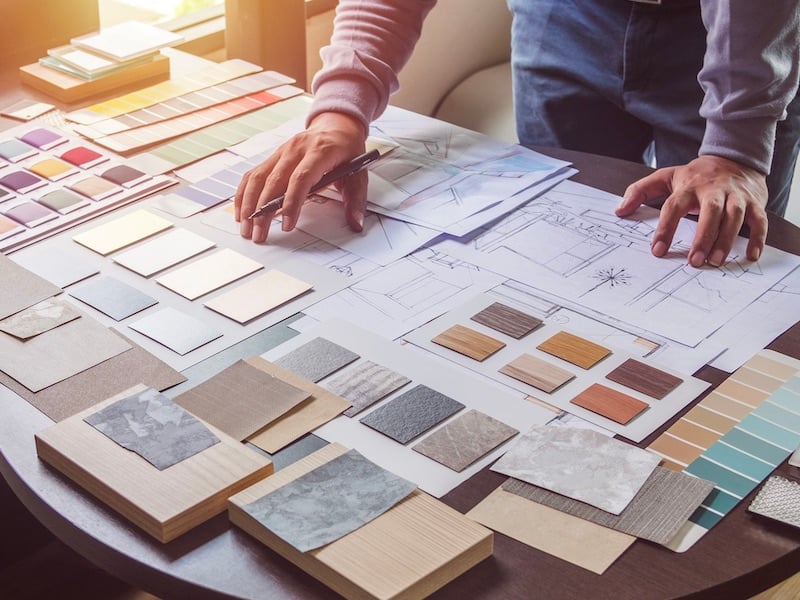
Construction Phase
The agreement that you sign should be very detailed and exacting. Understand that the cost and timing of your overall project will be affected if you make changes after construction begins. Any changes that you do ask for should always be documented and agreed upon before work proceeds.
1. Enter Into A Construction Agreement
The Construction Agreement should incorporate the approved plans, specifications, timeline, and final pricing. You will begin to pay for construction costs as specified in your agreement at this point.
2. Obtain Required Permits
The homebuilder will obtain all required permits. Each municipality is different, so it’s essential to understand that custom home projects will often require some kind of special permitting, and most likely, a special type of insurance policy. Your homebuilder and architect should know about all permitting requirements and regulations in your jurisdiction and should communicate them to you at the beginning of the construction phase. You should also factor in some extra time for your project in case the permitting process takes longer than expected.
3. Establish Communication Channels
Your homebuilder should encourage a collaborative process to be sure that your expectations are fully met, so establish communication channels with your homebuilding team (email, text, phone) early on. Your assigned Project Manager should be updating you regularly as construction progresses and you should receive timely responses to your questions and comments.
4. Order All Materials
Before construction begins, your homebuilder will start to order your selected materials so that the agreed upon timeline can be met. Occasionally, items may be backordered or unavailable and you may need to choose substitutions.
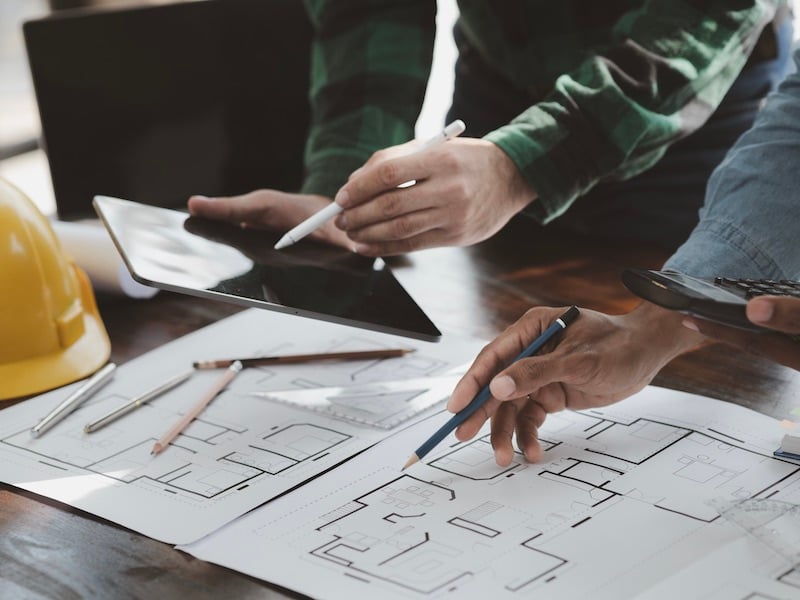
5. Coordinate With Local Jurisdictions
Your homebuilder will coordinate with local jurisdiction officials to ensure that all permitting requirements are complied with and that all required environmental protection steps are implemented.
6. Deconstruct (If Applicable)
The deconstruction or demolition process of the old home on the lot begins at this point, if applicable. Some materials may qualify for donation to certain charities, so be sure to discuss this potential tax advantage opportunity with your homebuilder and your accountant.
7. Begin Construction
Once the deconstruction process is complete, construction will start.
8. Hold Regular On-Site Progress Meetings
Your homebuilder should invite you to regular, scheduled, on-site progress meetings to:
- Review and analyze the project status
- Discuss outstanding action items
- Preview upcoming construction activities
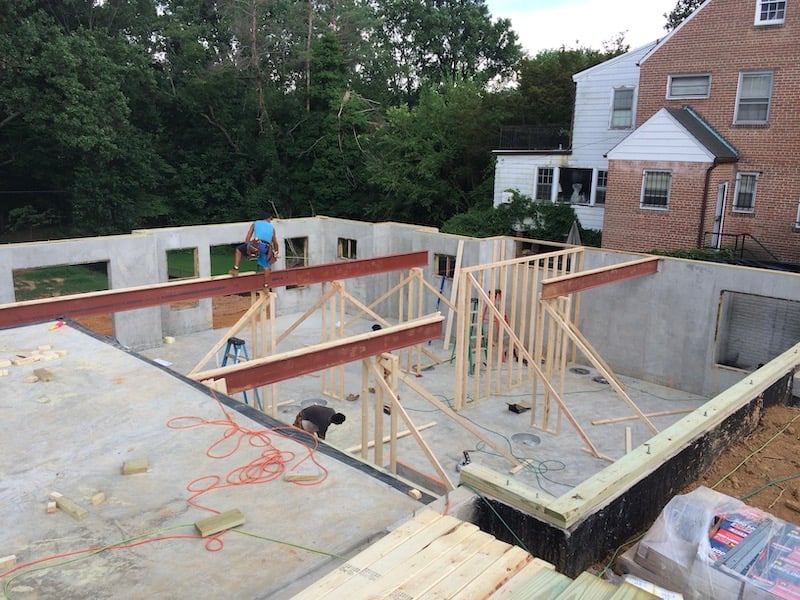
9. Complete Construction
Your project should be completed on time and on budget.
10. Perform Builder’s Quality Control Walk-Through
Your homebuilding team should routinely perform quality control walk-throughs during the end phases of construction.
11. Schedule A Client Walk-Through
A walk-through should be scheduled with you, the client, to identify any tasks that still need to be addressed.
12. Complete Identified Tasks
All outstanding tasks should be completed by the homebuilder and verified with you.

13. Conduct The Final Inspections
Final inspections will be done by local officials and coordinated by your homebuilder. All ‘Use and Occupancy’ documentation should be obtained, if required.
14. Move In
It’s now time to move into your new custom home. Enjoy!
15. Conduct Follow-Up Walk-Throughs
Your homebuilder should stand by their work, and 60 to 90 days after completion, pay a follow-up visit to identify any warrantable issues that may require further attention. A second scheduled visit should occur at about 11 months after occupancy.
16. Engage Your Homebuilder For Optional After-Care Services
Find out if your homebuilder offers optional After- Care Maintenance Services. As the people who know your custom home almost as well as you do, your homebuilder should be your natural resource for a range of as-needed services such as home maintenance, repairs, and handyman jobs as time goes by.
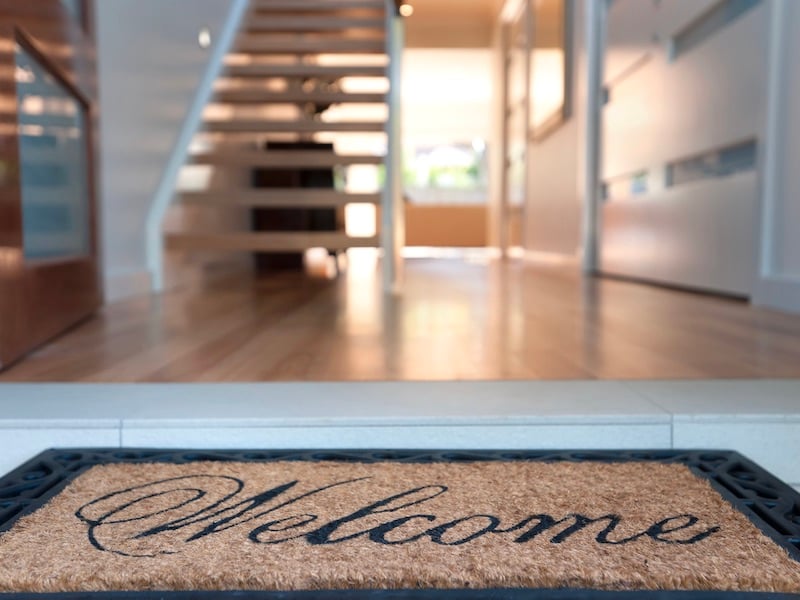
At Meridian Homes, we specialize in luxury remodeling and custom home building in the Washington, DC area. Our mission is to create exceptional residences that exceed expectations. Our highly personalized design process and careful management of every project have earned us a reputation over many years for outstanding client service and solid, beautiful craftsmanship. Contact us today to begin your custom home or remodeling project.

